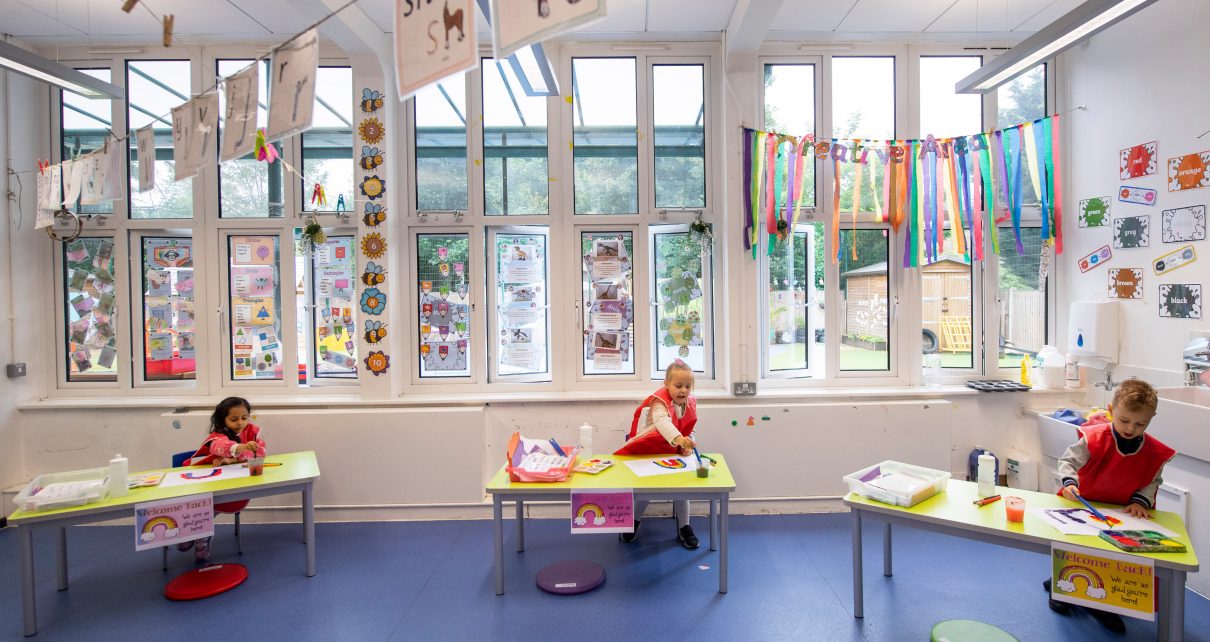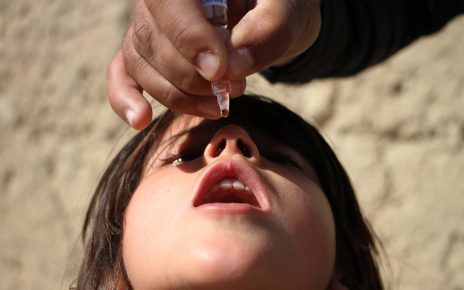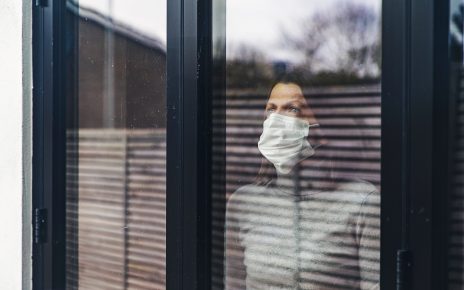The items below are highlights from the free newsletter, “Smart, useful, science stuff about COVID-19.” To receive newsletter issues daily in your inbox, sign up here. Please consider a monthly contribution to support this newsletter.
The World Health Organization (WHO) quickly responded to a group of researchers’ essay published early this week (7/6/20) urging public health authorities to acknowledge that SARS-CoV-2 can spread by way of small droplets that float in the air (“aerosol transmission” or “airborne transmission”), reports Dyani Lewis for Nature (7/8/20). The WHO said on 7/7/20 that “it will issue new guidelines about transmission in settings with close contact and poor ventilation,” Lewis’s story states. And then on 7/9/20, the agency acknowledged in an online post that aerosol or airborne transmission takes place not only in hospital settings but also in other indoor settings, several media outlets reported [it looks like Apoorva Mandavilli at The New York Times broke the news; here also is coverage by Hilary Brueck at Business Insider]. The influential agency’s move holds implications for safety recommendations worldwide related to the new coronavirus, including concerns about: the effectiveness of indoor-air ventilation, filtration, and disinfection; whether cloth face-masks should be worn by the public, particularly indoors; and whether health care workers treating COVID-19 patients should wear tight-fitting N95 respirator masks, not just looser-fitting surgical masks. Lewis’s story features some intriguing nuggets, including the details of disputes about aerosols evidence and descriptions of case studies that provide “circumstantial evidence” of aerosol transmission for SARS-CoV-2.
At Science magazine, Jennifer Couzin-Frankel, Gretchen Vogel, and Meagan Weiland summarize limited findings and patterns seen so far in the effectiveness of strategies for limiting the spread of SARS-CoV-2 in re-opened schools (7/7/20). What works to keep both schoolchildren and the larger community safe? “A combination of keeping student groups small and requiring masks and some social distancing,” the story states. On top of that, children rarely spread the virus, research shows, although some preliminary findings suggest that older children infected with the virus are more contagious than are younger ones, according to the story. The story inventories the virus-safety policies of many schools and nations worldwide on topics such as allowing children to play together, mask-wearing, and how to respond when children test positive for the virus. Data from European countries suggest that re-opened schools are not causing significant increases in SARS-CoV-2 cases in the wider communities, the story states, but “it’s hard to be sure,” because schools re-reopened at the same time as other public sectors.
Marlene Cimons at the Washington Post (7/3/20) asked five public health and infectious diseases researchers, including Dr. Anthony Fauci, director of the U.S. National Allergy and Infectious Diseases Institute, about their personal practices to reduce their risk of SARS-CoV-2 infection. Their replies in her story here are very helpful. Topics covered include mask-wearing in public; whether they let others inside the home or socialize with others; visits to barbers or hair salons (nope); shopping habits (all of them go to the grocery store but wear masks and stay distant from others); mail-opening habits; indoor restaurant dining; travel by air, bus or subway (most of them would not do so or have not done so, or only would for an emergency); gym visiting (close to universally, they would not or do not, other than a couple saying outdoor swimming might be OK); routine doctor and dentist visits; and whether they would let children return to school.
Physicians with Texas Medical Association’s COVID-19 Task Force and the association’s Committee on Infectious Diseases tweeted a graph on 7/3/20 that ranks their estimates of the infection risk levels associated with various activities. Lowest: opening mail, restaurant takeout, pumping gasoline, playing tennis, going camping. Highest: eating at a buffet, working out at a gym, going to an amusement park, going to a movie theater, attending a large music concert, going to a sports stadium, attending a religious service with > 500 people present, and going to a bar.
The headline of this mythbusting 7/1/20 Wired story by Gilad Edelman cuts to the chase: “‘Covid parties’ are not a thing.” Reading this story made me happier.
Jonathan Lambert at Science News has written a crisp overview of the first six months of the COVID-19 pandemic in the U.S. A graph near the top of the story clearly shows how poorly the U.S. is faring in reported case counts compared with other regions and nations in the past month. “We’re starting to see the epidemiological impact of releasing social distancing measures without necessarily having other control measures in place around the country,” says a Johns Hopkins Center for Health Security expert quoted in the story. These measures include a sufficient number of contact tracers (workers paid to track down those who have interacted with people who recently test positive for the virus). The U.S. currently employs about a third of the number that some experts estimate are needed to effectively control the spread of the virus, the story suggests. The story notes the difficulties posed by the nation’s decentralized, underfunded public health system, but also provides hope by describing successful contact tracing efforts in a county in Maryland (7/1/20).
For your entertainment, check out this McSweeney’s piece by Juliana Gray, “A message from your university’s vice president for magical thinking.”



